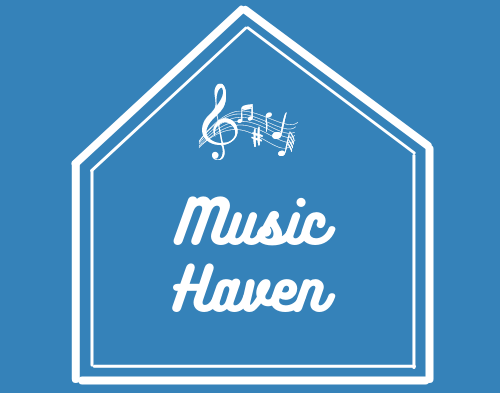Music Therapy in the Medical Care of Infants
The expected gestational age for a healthy full-term infant is 40 weeks. Every preterm infant (< 32 weeks) and extremely preterm infant (< 28 weeks) have a wide range of complications that correlate with being born with insufficient physiological and neurological systems. Moderate or late preterm birth (33-36 weeks) is increasingly understood to have its own difficulties.
Infant development is influenced by experience, context-sensitivity, and immediate surroundings. A “critical window” exists for sensory systems development. Infants that are at greater risk of auditory processing deficits later cause language abilities.
There is also a combined effect of gestational age and postnatal age on auditory processing in the temporal region of the brain where language and music are both processed. Such emergent research gives strength to the potential of music to preserve neural functioning in key areas of the brain.
Medical Music Therapy
In medical settings, recorded lullaby music has been the common stimulus researched over the past couple of decades. This may be because it can be more easily defined as a research stimulus than live music as it does not require additional skills. Therefore, it can be used by nurses effectively. There are few studies that report the use of live music as a sole stimulus in the NICU and only two of these reported significant effects on the physiological or behavioral responses of the infant.
Recorded Music
Many studies examining the effect of sedative recorded music on stable preterm infant self-regulation have reported positive outcomes for heart rate, oxygen saturation, and behavioral state response to sedative music. In addition, multiple studies have reported a positive effect of recorded music on behavior, most often reported as an increase in quiet sleep states or a decrease in arousal.
Maternal Voice
Newborn infants are sensitive to the characteristics of their own mother’s voice making it a relevant stimulus for newborn music therapy. Many studies have shown some mixed results, but the renewed emphasis on using the maternal voice in practice. While newborns do not have the same ability to discriminate tones as adults do, they can recognize their mothers’ voices and some characteristics of their native language as well.
In many studies, the mother’s recorded voice has often been compared to instrumental music or a recording of the mother singing lullabies. Recorded spoken maternal voice has been compared to lullaby music. Recorded spoken maternal voice has also been compared to a stranger’s voice. Of the studies, positive effects on the infant include turning to hear the voice of their mother, weight gain, tolerance for stimulation, increase in stability behaviors, and earlier discharge.
Recorded Music and Pain
Recorded music has been examined as a strategy to ameliorate the response of preterm infants to painful procedures or interventions. Pain may cause an increased heart rate, an elevated respiratory rate, and increased oxygen consumption, which consume calories needed for growth and healing. Most studies investigating the impact of recorded music on pain response have examined the preterm infant’s physiological and behavioral response. Studies comparing recorded music to ambient sound reported significantly decreased heart rate. Other research has examined the infant’s response to recorded music after suctioning with positive physical outcomes such as lowered heart rate, improved oxygen saturation, and improved stress behaviors.
Recorded Music for Non-Nutritive Sucking
Several studies have utilized recorded music as a reinforcement for learning. One device that is useful towards aiding babies to engage in non-nutritive sucking is a Pacifier Activated Lullaby system (PAL). This is a system by which a plastic teat is placed in the baby’s mouth and the baby is rewarded with a sudden burst of music when sucking rates reach a certain rate and pressure. In order to continue listening to pleasurable music, the infant must continue to suck.
Live Singing/Humming
Early intervention can improve the neurobehavioral development of preterm infants. Making live music may establish and reinforce neural pathways integral for communication and social interaction. Vocal music is a proper stimulus for newborn infants as it consists of a large spectrum of intonations that are both rhythmic and melodic, which serves the infant well when the mother’s voice is not available live.
Live singing and humming must be structured to safely stimulate infants who have had a gestation period longer than 32 weeks with full attention to infant cues of engagement and disengagement. Founded in mother-infant attachment theory, singing for the full-term infant provides a core experience for the primary infant-adult relationship. The results indicated a positive trend towards improved weight gain and shorter hospital stay for the preterm participants.


